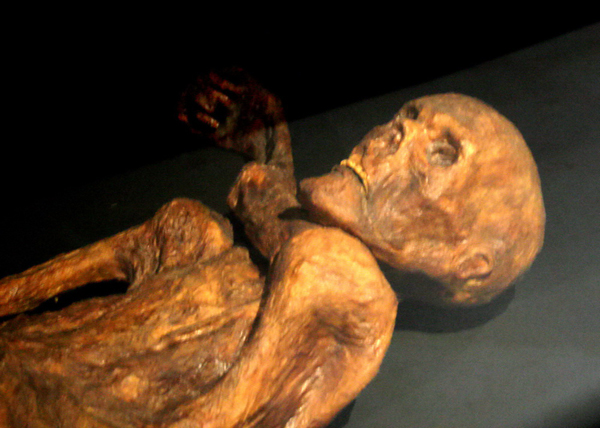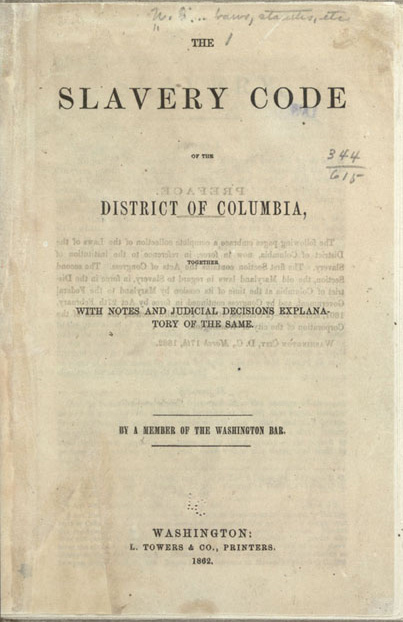injinji
Well-Known Member
Hard to know what will unravel when you pull a thread.Sadat's assassination was by the group that allied themselves with AQ and late merged with them and UBL
Hard to know what will unravel when you pull a thread.Sadat's assassination was by the group that allied themselves with AQ and late merged with them and UBL



i can see why some of the Nez Perce were willing to fight for itMy parents rented a cabin on Wallowa lake, it is beautiful rugged country. They have huge Kokanee salmon in there now.
View attachment 4992067
I can't remember what I was watching on PBS, but I learned the Nez Perce were miss named. It turned out their noses were not pierced after all. Another useless fact I'll have to find room for, pushing out something that I could use.i can see why some of the Nez Perce were willing to fight for it
But not in the same year, right? Unless there was a blue police box somewhere in the area. . . . .this is also the day that Kennedy and Nixon had their first televised debate, and the day that Sir Francis Drake returned from circumnavigating the Earth

 www.forbes.com
www.forbes.com
^ that is what a man looks like...
"On September 28, 1941, the last day of the regular season, the Boston Red Sox’s Ted Williams gets six hits in eight at-bats during a doubleheader in Philadelphia, boosting his average to .406. He becomes the first player since 1930 to hit .400. "I guess I'll be satisfied with that thrill out there today," he tells the Boston Globe about hitting .400. "... I never wanted anything harder in my life."
In addition to his .406 batting average—no major league player since Williams has hit .400—the left fielder led the big leagues with 37 homers, 135 runs and a slugging average of .735.
Williams, nicknamed “The Splendid Splinter” and “The Thumper,” began his big-league career with the Red Sox in 1939. In 1942, Williams won the American League Triple Crown, for highest batting average and most RBIs and home runs. He won the Triple Crown again in 1947.
In 1946 and 1949, Williams was named the American League’s Most Valuable Player, and in June 1960, he became the fourth player in major league history to hit 500 homers. He was selected to the All-Star team 17 times.
Williams, who spent his entire career with the Red Sox, played his final game on September 28, 1960, at Boston’s Fenway Park. He homered in his final at-bat, giving him 521 for his career.
Williams retired with a lifetime batting average of .344, a .483 career on-base percentage and 2,654 hits. His achievements were all the more impressive because his career was interrupted twice for military service: Williams was a Marine Corps pilot during World War II and the Korean War and as a result missed nearly five MLB seasons.
Williams, who was inducted into the Baseball Hall of Fame in 1966, managed the Washington Senators (renamed the Texas Rangers in 1972) from 1969-1972. In 1984, the Boston Red Sox retired his No. 9 uniform number."
Ted Williams: “For a player to hit .400,” he said in 1989, “he will have to draw walks and not strikeout too much. He will have to be consistent, and that’s not an easy task when you’re playing 150, 160 games. But in today’s game, it will be important to remain as consistent as ever because relief pitching is such a big part of the game . . . a hitter may be seeing three or four different pitchers in one game. I think someone can do it, but it will have to be a hitter with some speed for infield hits, discipline in drawing walks and putting the ball in play, and most important, a player who can remain healthy and be consistent for a long period of time.”

MLB Will Likely Never See Another Player Hit .400 In A Season
With Dodgers slugger Cody Bellinger putting up big numbers, including a .400 batting average, in the first six weeks of the 2019 season, it is very unlikely he finishes the year chasing the historic mark.www.forbes.com





